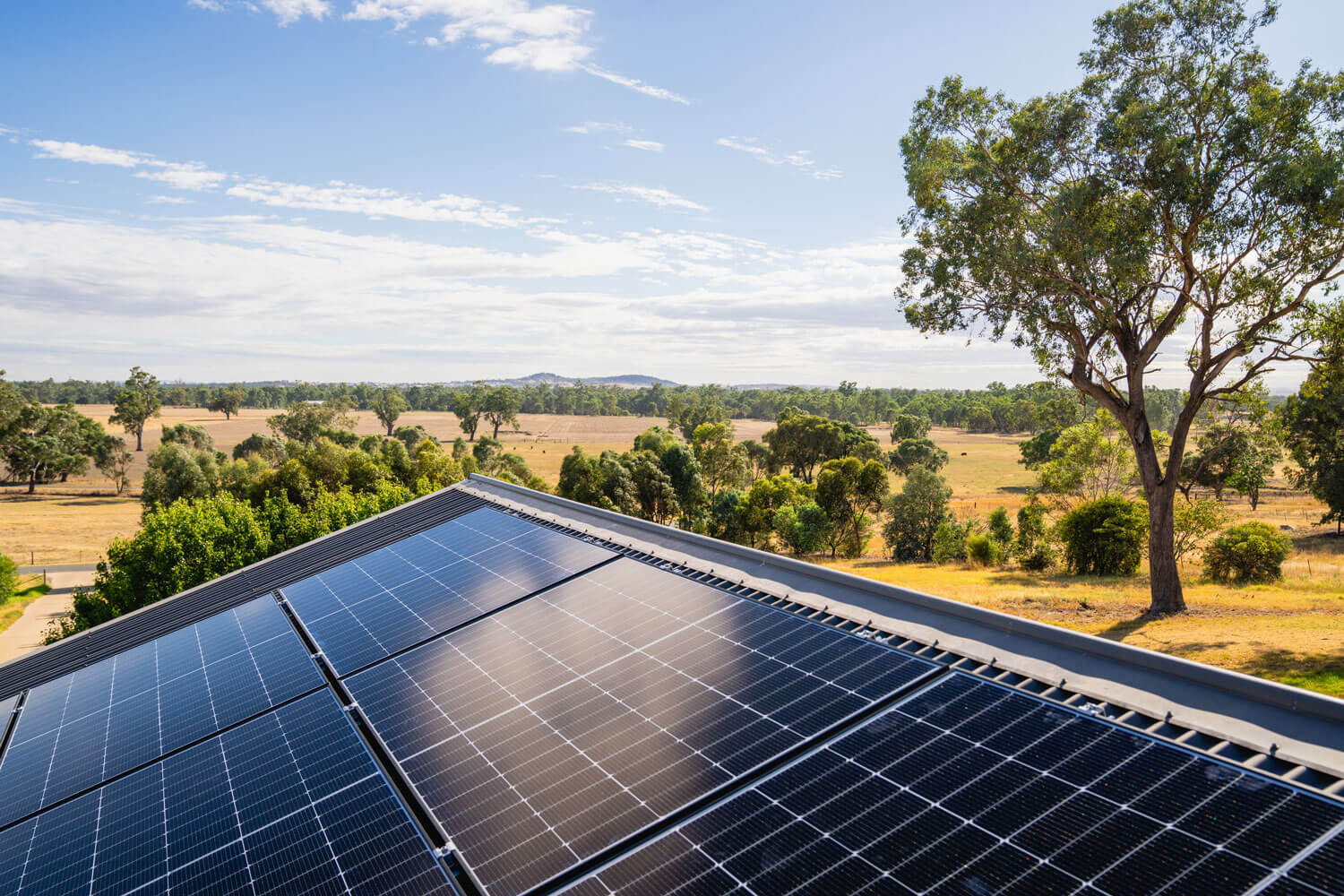Submissions for this consultation closed on 7 March 2025.
Introduction
Rooftop solar is essential to help achieve net zero emissions, lower energy costs, and give consumers control. However, at times of high solar output and low demand, like sunny weekend afternoons, the electricity grid can face increased risks of instability and blackouts. Traditional power stations, hydro or large-scale batteries can stabilise the grid by maintaining inertia, frequency control, and voltage regulation, in a way that energy from solar does not.
We need measures to manage solar exports to the grid to help energy distribution networks reduce disruptions and blackouts. This is why the Emergency Backstop Mechanism is being developed. We are also developing a new Installer Portal to make it easier for installers to comply with key safety and technical standards, and to enable installers to register energy technology into the Emergency Backstop Mechanism.
What’s being proposed
As part of the NSW Consumer Energy Strategy, we’re seeking feedback on two initiatives: the Emergency Backstop Mechanism and the Consumer Energy Resources (CER) Installer Portal.
| No. | Item | Proposal |
|---|---|---|
| 1. | Emergency Backstop Mechanism | Measures to restrict solar exports to the grid during emergencies when necessary to prevent blackouts and improve reliability. |
| 2. | CER Installer Portal | A digital smart compliance system to support monitoring and compliance with a range of standards. |
Why we need the Emergency Backstop Mechanism
The Emergency Backstop Mechanism will allow energy distribution networks to temporarily limit or turn off solar exports from solar systems installed or upgraded from the implementation date (i.e. Spring 2025) during emergencies. This is a last resort option to protect grid stability during times when demand for energy is low. Existing households and businesses with rooftop solar will not be affected by the implementation of the Emergency Backstop Mechanism.
The Emergency Backstop Mechanism will also use technologies that will enable more flexible solar export limits, allowing solar households and businesses to export more of their solar when the grid needs it.
The Emergency Backstop Mechanism is part of a suite of energy efficiency measures that support increasing energy demand during low-use periods. Other actions in the Consumer Energy Strategy include incentives for installing household batteries and joining virtual power plants (VPPs), improving energy efficiency, reducing peak demand, and making electric vehicle (EV) charging more accessible. Batteries are one of the enabling technologies which support the growth of renewable energy and help lower our energy costs.
You can read the strategy in full here.
Why we need the CER Portal
A CER Installer Portal will make it easier for installers to install energy technology, such as solar panels and batteries, and will improve compliance with standards. In addition, the Portal will enable the registration and testing of installed energy technology, which allows for the Emergency Backstop Mechanism and Flexible Export Limits.
Making sure that installations are compliant and that devices are registered correctly with electricity distributors is critical to ensure safety and grid stability and unlock new opportunities to accommodate more solar and batteries.
About the consultation paper
The consultation paper gives you more detail about how the Emergency Backstop Mechanism could give electricity distribution network providers the ability to temporarily limit solar exports during emergencies, ensuring the grid remains safe and reliable. This mechanism would also enable distributors to offer more flexible solar export limits to customers.
It also provides information about how the CER Installer Portal will be designed to streamline processes for installers, ensure correct installation and improved visibility of CER, and allow for better integration of renewable energy in the NSW energy grid.
Publication of submissions
The NSW Government is committed to an open and transparent process. All consultation responses and submissions will be made publicly available. Written submissions should be provided as PDF or Word document files that can be published on our website.
If you wish for your written submission to remain confidential, please clearly state this in your submission, and only your organisation’s name will be published. Personal details from submissions made by individuals will be removed.
Please be aware that even if you state that you do not wish certain information to be published, there may be legal circumstances that require the NSW Government to release that information (for example, under the Government Information (Public Access) Act 2009).
